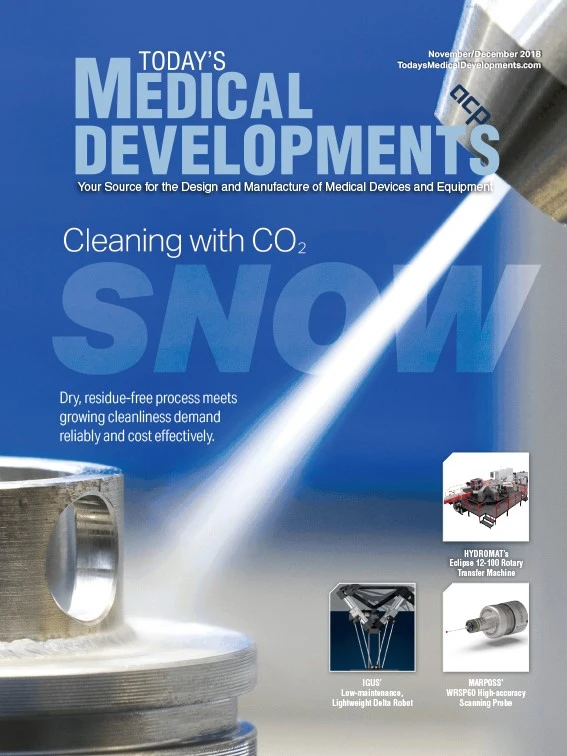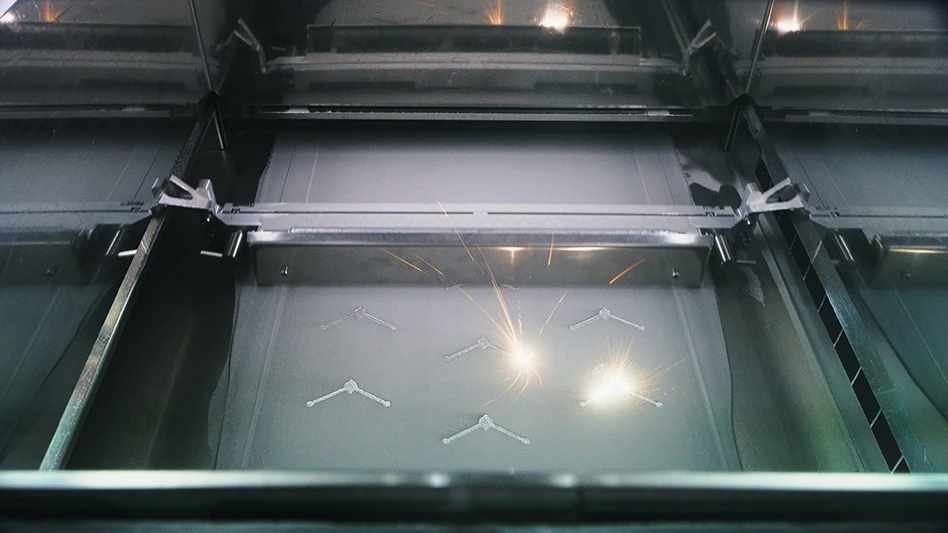
Multimetallic clusters exhibit properties that cannot be attained by single-metal materials. Freely blending various metal elements can allow development of new, highly functional materials.
Typically composed of three or more metals, so far no one has blended multimetallic clusters with more than four metal elements due to unfavorable separation. Researchers at the Tokyo Institute of Technology are hoping to overcome these challenges by miniaturizing cluster sizes to the 1nm scale, forcing the different metals to be blended in a small space.
Researchers including Takamasa Tsukamoto, Takane Imaoka, and Kimihisa Yamamoto have developed an atom hybridization method that synthesizes multimetallic clusters of more than five metal elements with precise control of size and composition. A dendrimer template serves as a tiny scaffold to control accumulation of metal salts. After precise uptake of the different metals into the dendrimer, chemical reduction produces multimetallic clusters. In contrast, a conventional method without the dendrimer enlarges cluster sizes and separates into different metals.

The team demonstrated the formation of five-element clusters composed of gallium (Ga), indium (In), gold (Au), bismuth (Bi), and tin (Sn), as well as iron (Fe), palladium (Pd), rhodium (Rh), antimony (Sb), and copper (Cu), and a six-element cluster consisting of Ga, In, Au, Bi, Sn, and platinum (Pt). Additionally, the team hinted at the possibility of making clusters composed of eight metals or more.
Future development
There are more than 90 metals in the periodic table. With infinite combinations of metal elements, atomicity, and composition, the atom-hybridization method can open a new field in chemistry. The current study is a major step forward in creating such as-yet-unknown materials.
Tokyo Institute of Technology
http://www.titech.ac.jp

Explore the November December 2018 Issue
Check out more from this issue and find your next story to read.
Latest from Today's Medical Developments
- HERMES AWARD 2025 – Jury nominates three tech innovations
- Vision Engineering’s EVO Cam HALO
- How to Reduce First Article Inspection Creation Time by 70% to 90% with DISCUS Software
- FANUC America launches new robot tutorial website for all
- Murata Machinery USA’s MT1065EX twin-spindle, CNC turning center
- #40 - Lunch & Learn with Fagor Automation
- Kistler offers service for piezoelectric force sensors and measuring chains
- Creaform’s Pro version of Scan-to-CAD Application Module





